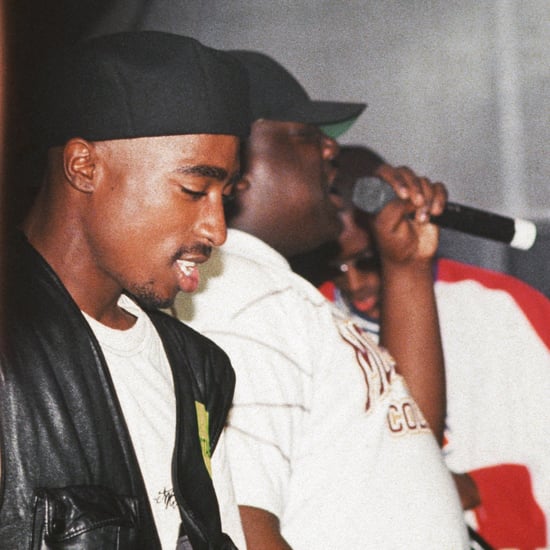

He had already adopted the name Biggie Smalls at this point, a reference to his ample frame: he would grow to be over six feet tall and nearly 400 pounds. He was interested in rap from a young age, performing with local groups like the Old Gold Brothers and the Techniques, the latter of whom brought the teenaged Wallace his first trip to a recording studio.

was born Christopher Wallace on May 21, 1972, and grew up in Brooklyn's Bedford-Stuyvesant neighborhood. The general consensus in the rap community was that when his life was cut short, Biggie was just getting started. Biggie was a gifted storyteller with a sense of humor and an eye for detail, and his narratives about the often-violent life of the streets were rarely romanticized instead, they were told with a gritty, objective realism that won him enormous respect and credibility. In the process, he helped Combs' Bad Boy label supplant Death Row as the biggest hip-hop imprint in America, and also paved the way to popular success for other East Coast talents like Jay-Z and Nas. Where fellow East Coasters the Wu-Tang Clan slowly built an underground following, Biggie crashed onto the charts and became a star right out of the box. Aided by Sean "Puffy" Combs' radio-friendly sensibility, Biggie reestablished East Coast rap's viability by leading it into the post- Dr.

sometimes threatens to overshadow his musical legacy, which was actually quite significant. The aura of martyrdom that surrounds the Notorious B.I.G. Hip-hop's self-image would never quite be the same, and neither would public perception. Whether or not his death was really the result of a much-publicized feud between the East and West Coast hip-hop scenes, it did mark the point where both sides stepped back from a rivalry that had gone too far. In death, the man also known as Biggie Smalls became a symbol of the senseless violence that plagued inner-city America in the waning years of the 20th century. His all-too-brief odyssey almost immediately took on mythic proportions, especially since his murder followed the shooting of rival Tupac Shakur by only six months. went from a Brooklyn street hustler to the savior of East Coast hip-hop to a tragic victim of the culture of violence he depicted so realistically on his records. In just a few short years, the Notorious B.I.G.


 0 kommentar(er)
0 kommentar(er)
